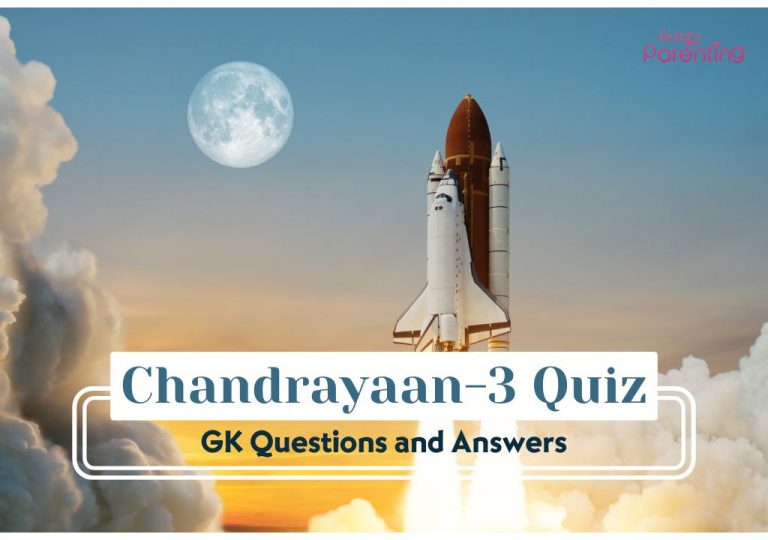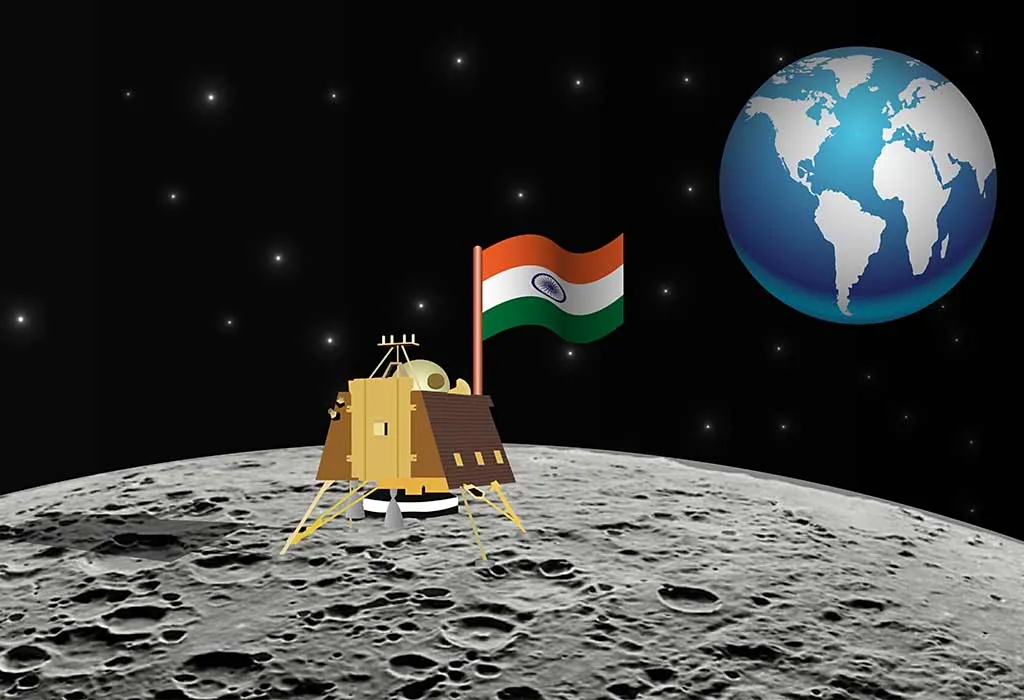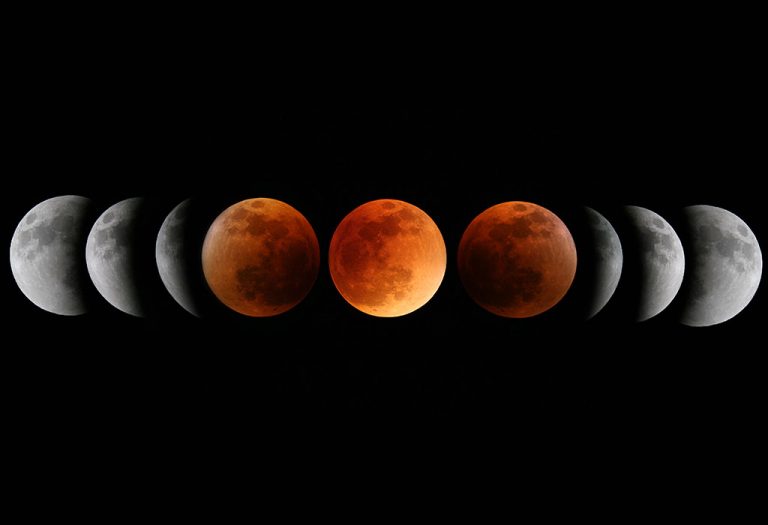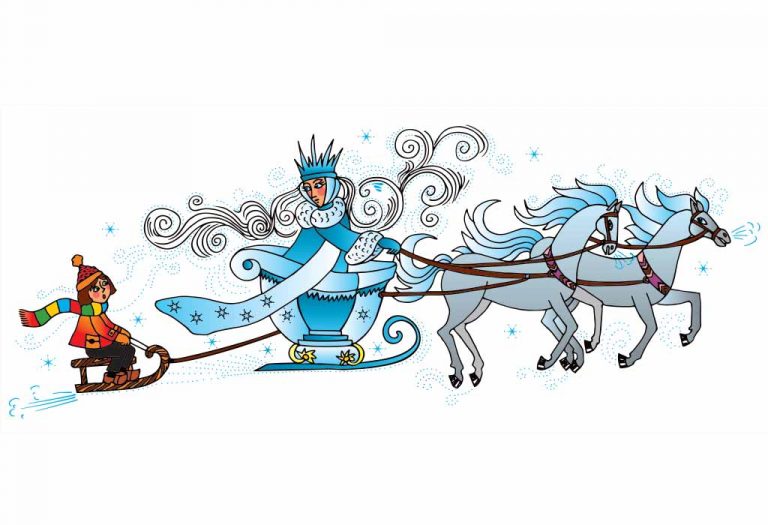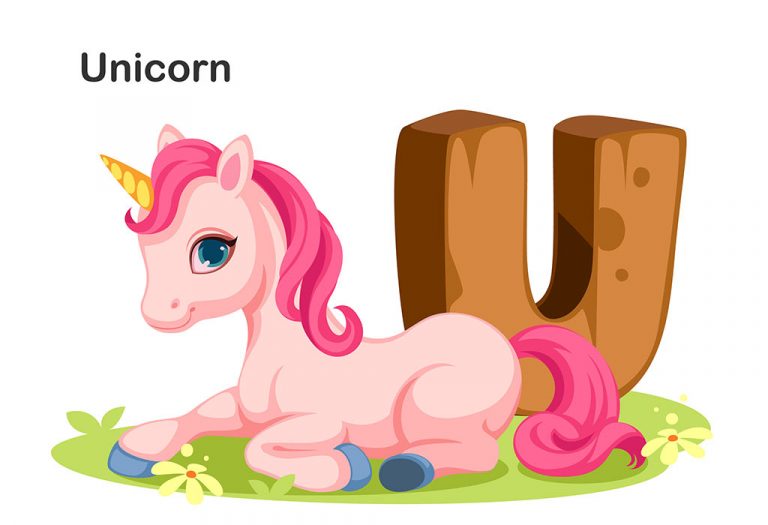Chandrayaan-3 Quiz: GK Questions and Answers in English
One of our closest celestial neighbours, the Moon, has been a source of intrigue and inspiration for centuries. In recent years, India’s space missions have rekindled that interest and expanded our knowledge by leaps and bounds. Chandrayaan-3 is India’s latest lunar probe, and its endeavours have opened up fresh avenues of learning. We have curated some intriguing GK questions on Chandrayan-3 for students, ensuring your quest for knowledge remains satiated. If you’re a student looking to test your knowledge or simply a curious soul eager to learn more, our Chandrayaan-3 GK questions and answers will surely spark your passion for English and guide you on your journey to discovery. Get ready for the Chandrayaan-3 quiz and learn fascinating facts about this remarkable mission!
What Is the Mission Chandrayaan-3?
Chandrayaan-3 is India’s third lunar exploration mission, built upon the learnings and aspirations of its predecessors. With its main objective to push the boundaries of lunar research, this mission captures the imagination of space enthusiasts everywhere. As you prepare for a quiz on Chandrayaan 3, exploring this mission will surely boost your knowledge.
Chandrayaan-3 : An Overview
After the partial success of the Chandrayaan-2 mission (the orbiter successfully entered lunar orbit, but the lander Vikram crashed-landed on the Moon’s surface), the Indian Space Research Organisation (ISRO) launched another mission, Chandrayaan-3 (1).
Key Points of the Mission :
1. No Orbiter: Unlike Chandrayaan-2, Chandrayaan-3 is primarily a landing mission. Since the Chandrayaan-2 orbiter is still operational and sending data from lunar orbit, Chandrayaan-3 does have a separate orbiter. Instead, it focuses on the lander and rover components (2).
2. Enhanced Lander Design: Learning from the Chandrayaan-2 lander’s unsuccessful soft-landing attempt, ISRO has incorporated significant design changes and improvements for the Chandrayaan-3 lander to ensure a successful landing on the Moon’s surface.
3. Mission Objectives: The primary objective is to demonstrate the ability to operate a robotic rover on the Moon and soft-land on the lunar surface. This rover conducts experiments, collects data, and relays it to Earth, providing valuable insights into the Moon’s geology, composition, and other attributes.
4. Collaborations: There was discussion about international collaboration for some instruments and technology, although ISRO was at the forefront of the mission’s execution.
5. Launch Timeline: Chandrayaan-3 started its voyage to the Moon on its designated trajectory. The lift-off is set for July 14, 2023, at 14:35 Hrs.
6. Location: On August 23, 2023, the Chandrayaan-3, under the auspices of ISRO (Indian Space Research Organisation), landed on the Moon. The landing zone is roughly 600 kilometres from the Moon’s South Pole. Four days post-landing, the LROC (LRO Camera) captured a slanted image (at a 42-degree angle) of the lander. The noticeable bright circle surrounding the lander was caused by the rocket’s exhaust interacting with the Moon’s fine soil, known as regolith.
Also Read: Essay on Chandrayaan-3 in English
30 Gk Questions With Answers on Chandrayaan-3
To help you test your knowledge, we’ve compiled Chandrayaan quiz in English. Whether you’re a space enthusiast, a student, or someone simply looking to learn, these questions and their detailed answers will ensure you’re well-informed about Chandrayaan-3.
1. What is the primary objective of the Chandrayaan-3 mission?
a) To orbit Mars
b) To soft-land on the Moon’s south pole
c) To orbit the Moon
d) To explore the dark side of the Moon
2. Which organisation is spearheading the Chandrayaan-3 mission?
a) NASA
b) ESA (European Space Agency)
c) SpaceX
d) ISRO (Indian Space Research Organisation)
3. Chandrayaan-3 is a direct successor to which mission?
a) Mars Orbiter Mission
b) Chandrayaan-1
c) Chandrayaan-2
d) Aditya-L1
4. Unlike Chandrayaan-2, what is notably absent in Chandrayaan-3’s components?
a) Rover
b) Lander
c) Satellite
d) Orbiter
5. Which region of the Moon is Chandrayaan-3 expected to explore?
a) Equatorial Region
b) North Pole
c) Far Side
d) South Pole
6. What is the name of the lander for the Chandrayaan-3 mission?
a) Pragyan
b) Aryabhata
c) Vikram 2
d) Brahma
7. How many wheels does the anticipated rover in the Chandrayaan-3 mission have?
a) Four
b) Six
c) Eight
d) Two
8. What is the anticipated life of the Chandrayaan-3 rover once it lands on the Moon?
a) One week
b) 14 Earth days
c) One Earth month
d) 365 Earth days
9. Which language is the word ‘Chandrayaan’ derived from?
a) Hindi
b) Sanskrit
c) Telugu
d) Tamil
10. Chandrayaan-3’s landing site is expected to be near which landmark on the Moon?
a) Sea of Tranquility
b) Tycho Crater
c) Aitken Basin
d) Apollo 11 landing site
11. Which component of Chandrayaan-2 failed to land successfully on the Moon?
a) Pragyan
b) Aryabhata
c) Vikram
d) Surya
12. Which element, speculated to be present on the Moon, could be a potential fuel for future nuclear fusion?
a) Uranium
b) Plutonium
c) Helium-3
d) Thorium
13. In the context of space missions, what does the term ‘soft landing’ mean?
a) Landing on a soft surface
b) Landing without any technical support
c) A controlled landing without damage to the spacecraft
d) Landing using parachutes
14. Which space agency works on the Artemis program to return humans to the Moon?
a) ESA
b) Roscosmos
c) NASA
d) CNSA
15. What role does ISRO’s ‘Deep Space Network’ play in the Chandrayaan missions?
a) Launching the spacecraft
b) Housing the astronauts
c) Communicating with the spacecraft
d) Manufacturing spacecraft components
16. In which Indian state is the primary launch site for ISRO’s space missions located?
a) Maharashtra
b) Karnataka
c) Andhra Pradesh
d) Kerala
17. The discovery of what on the Moon’s poles has sparked interest in potential lunar colonisation?
a) Gold
b) Water ice
c) Rare Earth metals
d) Helium
18. Which one of the following is Chandrayaan-3’s launch vehicle expected to be?
a) LVM3 M4
b) GSLV Mk III
c) GSLV Mk II
d) RLV-TD
19. Which of the following is a primary scientific instrument on the Chandrayaan-3 rover?
a) Solar sail
b) Lunar dust analyser
c) Deep space antenna
d) Alpha Particle X-Ray Spectrometer (APXS)
20. What is the expected weight of the Chandrayaan-3 lander?
a) 500 kg
b) 1,700 kg
c) 800 kg
d) 1,450 kg
21. Which of these is a significant challenge faced by lunar rovers?
a) Intense gravity
b) Lunar night’s extreme cold
c) High atmospheric pressure
d) Strong winds
22. Which previous Chandrayaan mission involved an impact probe?
a) Chandrayaan-1
b) Chandrayaan-2
c) Both
d) None
23. Why is the presence of water on the Moon significant?
a) It’s good for tourism
b) It indicates the Moon has an atmosphere
c) It can be a potential resource for future lunar missions and habitation
d) It’s necessary for the Moon’s magnetic field
24. On average, how long does a spacecraft travel from Earth to the Moon take?
a) 3 hours
b) 3 days
c) 30 days
d) 300 days
25. What is ISRO’s planned crewed mission to space called?
a) Vayunaan
b) Gaganyaan
c) Antarikshyaan
d) Bhuvanaan
26. What is the launch date of the Chandrayaan-3 mission?
a) July 14, 2023
b) August 5, 2023
c) June 30, 2023
d) September 15, 2023
27. What type of energy source is the Chandrayaan-3 rover expected to use?
a) Nuclear power
b) Geothermal energy
c) Chemical batteries
d) Solar energy
28. What unique feature does the Chandrayaan-3 lander have to assist in landing?
a) Solar panels
b) Automated landing system
c) Retractable legs
d) Built-in camera
29. How is Chandrayaan-3 expected to communicate with Earth?
a) Using radio waves
b) Through optical signals
c) Via laser communication
d) Through satellite relays
30. Which other celestial body has ISRO planned missions to after Chandrayaan-3?
a) Venus
b) The Sun
c) Mars
d) Asteroids
Answers
Q1. Ans. (b) To soft-land on the Moon’s south pole
While the Chandrayaan-3 mission has several objectives, its primary goal is to demonstrate the ability to soft-land on the lunar surface. The mission focuses on landing and operating a robotic rover on the Moon, especially since the Chandrayaan-2 orbiter is still functional and transmitting data.
Q2. Ans. (d) ISRO (Indian Space Research Organisation)
The Chandrayaan-3 mission is an initiative of the Indian Space Research Organisation (ISRO). ISRO is India’s national space agency and has been at the forefront of the country’s space exploration efforts, including the Chandrayaan series of lunar missions.
Q3. Ans. (c) Chandrayaan-2
Chandrayaan-3 is the follow-up mission to Chandrayaan-2, aimed at accomplishing a successful soft landing on the Moon after the Chandrayaan-2 lander faced challenges during its landing attempt.
Q4. Ans. (d) Orbiter
Chandrayaan-3 does not include an orbiter because the Chandrayaan-2 orbiter is still operational and transmitting valuable data from lunar orbit.
Q5. Ans. (d) South Pole
Chandrayaan-3’s anticipated landing region is near the Moon’s south pole, which holds significant interest due to the presence of water ice and unique environmental conditions.
Q6. Ans. (c) Vikram 2
The successor to the Vikram lander (Chandrayaan-2) is often colloquially referred to as “Vikram 2”.
Q7. Ans. (b) Six
Like its predecessor in Chandrayaan-2, the rover for the Chandrayaan-3 mission is designed with six wheels for optimal mobility on the lunar surface.
Q8. Ans. (b) 14 Earth days
The Chandrayaan-3 rover, like its predecessor from Chandrayaan-2, is expected to have a mission life of approximately 14 Earth days, roughly equivalent to one lunar day.
Q9. Ans. (b) Sanskrit
The word ‘Chandrayaan’ comes from Sanskrit, where “Chandra” means “Moon” and “Yaan” means “Vehicle” or ‘Craft.’
Q10. Ans. (c) Aitken Basin
The South Pole-Aitken Basin is of great interest due to its unique geology and the potential presence of water ice. Chandrayaan-3 is expected to explore this region.
Q11. Ans. (c) Vikram
Vikram was the lander component of Chandrayaan-2. Unfortunately, it crashed on the Moon’s surface in September 2019.
Q12. Ans. (c) Helium-3
Helium-3, an isotope of helium, is believed to be abundant on the Moon and a potential fuel for future nuclear fusion power.
Q13. Ans. (c) A controlled landing without damage to the spacecraft
A ‘soft landing’ refers to a controlled descent and landing, ensuring the spacecraft lands without damage, enabling it to carry out its intended mission on the surface.
Q14. Ans. (c) NASA
NASA’s Artemis program aims to land ‘the first woman and another man’ on the Moon by the mid-2020s and establish a sustainable human presence there by the decade’s end.
Q15. Ans. (c) Communicating with the spacecraft
ISRO’s Deep Space Network (DSN) is pivotal in tracking and communicating with distant spacecraft, including the Chandrayaan missions.
Q16. Ans. (c) Andhra Pradesh
The Satish Dhawan Space Centre (also known as Sriharikota Range) is the primary launch site for ISRO’s space missions. It is located in Andhra Pradesh.
Q17. Ans. (b) Water ice
The discovery of water ice, particularly on the Moon’s south pole, is significant for potential lunar colonisation. Water is essential for life and can also be used for rocket fuel.
Q18. Ans. (a) LVM3 M4
The LVM3 M4 launcher has been selected for the Chandrayaan-3 mission. It’s designed to position the combined module into an Elliptic Parking Orbit (EPO) with dimensions of approximately 170 x 36500 km. Chandrayaan-3’s primary goal is to showcase a secure and gentle touchdown on the Moon’s surface.
Q19. Ans. (d) Alpha Particle X-Ray Spectrometer (APXS)
The alpha particle X-ray spectrometer (APXS) is programmed to ascertain the chemical makeup and deduce the mineralogy of the Moon’s surface. Meanwhile, using laser-induced breakdown spectroscopy (LIBS), the elemental constituents (including Mg, Al, Si, K, Ca, Ti, Fe) of lunar soil and surrounding rocks at the landing site will be identified.
Q20. Ans. (b) 1,700 kg
The Chandrayaan-3 lander is approximately 2 meters in height and weighs slightly more than 1,700 kg (3,747.86 lb), making it comparable to the weight of an SUV. Its design includes the capability to release a 26-kg moon rover.
Q21. Ans. (b) Lunar night’s extreme cold
Lunar nights can be brutally cold, dropping temperatures to about -180°C. This extreme cold poses a challenge for rovers and their instruments.
Q22. Ans. (a) Chandrayaan-1
Chandrayaan-1 involved an impact probe that deliberately crashed onto the lunar surface, helping to confirm the presence of water/hydroxyl on the Moon.
Q23. Ans. (c) It can be a potential resource for future lunar missions and habitation
Water is crucial for supporting life, and its presence on the Moon can be a game-changer for future manned missions, providing drinking water and potentially being converted to oxygen for breathing and hydrogen for rocket fuel.
Q24. Ans. (b) Three days
On average, most lunar missions, including the Apollo and Chandrayaan, take about three days to travel from Earth to the Moon.
Q25. Ans. (b) Gaganyaan
Gaganyaan is ISRO’s ambitious project to send Indian astronauts and vyomanauts to space.
Q26. Ans. (a) July 14, 2023
Chandrayaan-3 was launched on July 14, 2023, from the Satish Dhawan Space Centre in Sriharikota, India.
Q27. Ans. (d) Solar energy
The Chandrayaan-3 rover is designed to operate using solar energy. Solar panels on the rover harness sunlight to generate power, which is essential for its instruments and functions during its mission on the lunar surface.
Q28. Ans. (b) Automated landing system
The Chandrayaan-3 lander is equipped with an automated landing system that enhances its ability to perform a controlled and accurate landing on the lunar surface. This system allows for adjustments during descent, increasing the chances of a successful soft landing.
Q29. Ans. (a) Using radio waves
Like many space missions, Chandrayaan-3 relies on radio waves for communication with Earth. This method enables the spacecraft to send data back to mission control and receive commands, allowing for real-time monitoring and operation.
Q30. Ans. (c) Mars
Following the Chandrayaan missions, ISRO has plans for further exploration of Mars.
As ISRO continues to test the boundaries of space exploration, such efforts improve our scientific knowledge and inspire future generations to dream big. With these Chandrayaan 3 maha quiz questions and answers, we hope you’ve gained a better appreciation for the wonders of lunar exploration and the progress in space technology.
References/Resources:
1. Chandrayaan-3; Indian Space Research Organisation; https://www.isro.gov.in/Chandrayaan3_Details.html
2. Chandrayaan; Encyclopedia Britannica; https://www.britannica.com/technology/Chandrayaan
Also Read:
Chandrayaan 3 MahaQuiz for Students
Essay On Aditya L1 for Children and Students
Interesting Facts About Space for Children
Was This Article Helpful?
Parenting is a huge responsibility, for you as a caregiver, but also for us as a parenting content platform. We understand that and take our responsibility of creating credible content seriously. FirstCry Parenting articles are written and published only after extensive research using factually sound references to deliver quality content that is accurate, validated by experts, and completely reliable. To understand how we go about creating content that is credible, read our editorial policy here.





